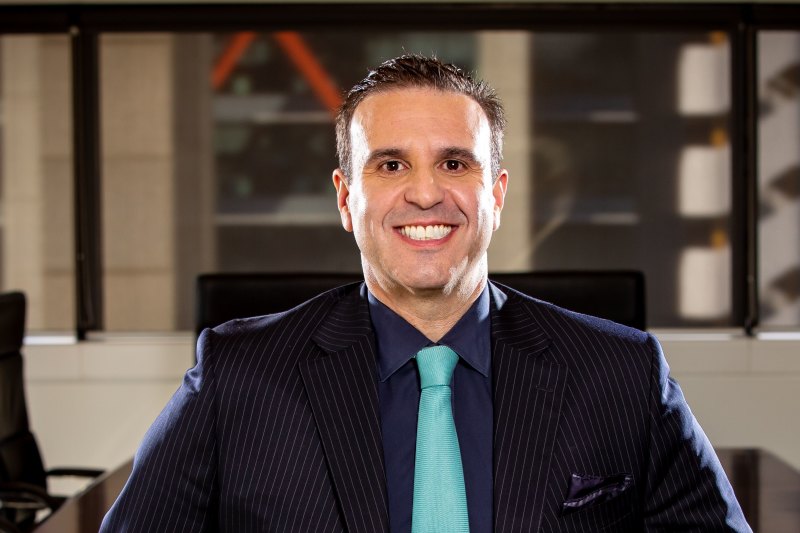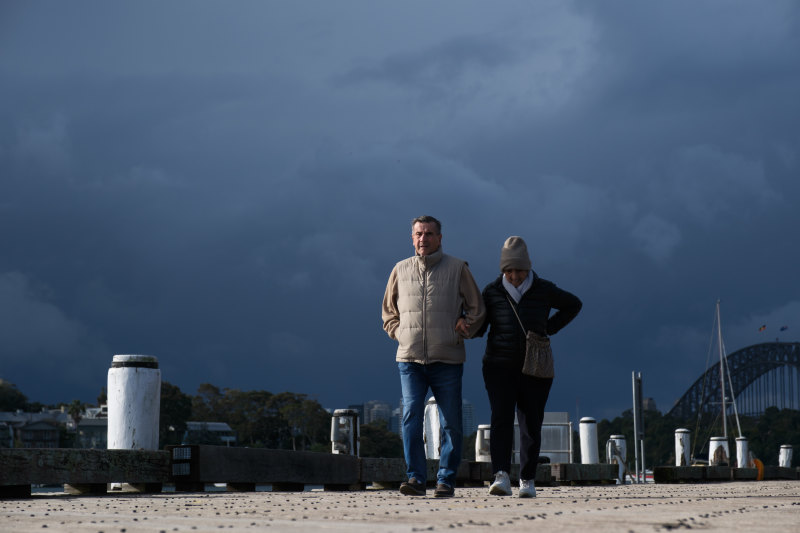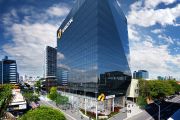
Rich Lister landlord’s secret to 95pc office occupancy
Office landlords must understand the “cultural shift” that has happened in the workforce if they are to address spiralling vacancy rates, says Financial Review Rich Lister Shaun Bonétt, who oversees an occupancy rate above 95 per cent in his buildings.
The national vacancy rate for central business district offices reached 12.8 per cent last month, according to the Property Council of Australia, the highest rate since Australia was emerging from its last major recession in 1996.

While some of those empty floors are down to cyclical oversupply, Mr Bonétt said a bigger factor was the large proportion of office environments that no longer met the expectations of workers.
“The media focuses on ‘working from home’, but it’s not about that. This is all about the maturing of teams, and what it means to be part of a business,” said Mr Bonétt, whose portfolio also includes shopping centres and tech start-ups, and was valued at $2.3 billion for a 53rd placing on the 2023 Rich List.
“The terms used to be dictated by large companies – prior to COVID, the separation of the home and office had not really changed in 100 years – but in my view those days are over.”
The word “amenity” is now often heard on the lips of the five big institutional landlords who together control 65 per cent of A-grade office in Sydney and Melbourne.
However, Mr Bonétt said amenity had been his guiding principle since he bought his first office building 25 years ago, Port Adelaide’s Customs House, which his Precision Group still owns.
Listening to feedback
Mr Bonétt is now a Sydneysider but was still based in his Adelaide home town at the time, and the former insolvency lawyer would talk to his tenants and their staff.
“They were telling me there weren’t enough childcare centres nearby, so I put one into the building,” he said. Based on feedback, he sought out a gymnasium to be a ground-floor tenant at Customs House as well.
“All these landlords and employers now wondering why people aren’t coming into the office should think about a person’s daily schedule. Give people a childcare centre that isn’t a 40-minute drive away, subsidise a gym membership in the building, they will turn up!”
Mr Bonétt said Port Adelaide’s Customs House was not only 100 per cent leased, it had a waiting list.
Meanwhile, his two other office buildings – 144 Edward Street in Brisbane’s CBD, and the Metro Chatswood Business Centre 10 kilometres north of Sydney’s CBD – both enjoy more than 90 per cent occupancy.
“I bought all of them based on transport hubs, restaurants, pubs, gyms and childcare centres being either within them or within close proximity,” Mr Bonétt said.
Power of pets
Another feature that unites all three office buildings is that they are pet-friendly. Structurally, Mr Bonétt said this amounted to little more than designating a room on each floor for the animal to “do their business”. More complicated was the process of amending leases, notifying local councils and educating tenants on the processes around allowing animals at work.
However, Mr Bonétt said the effort had paid off.
“To me, allowing pets in your workplace is like the litmus test between the nice words about culture on your website, and whether you’re serious about creating a welcoming environment,” he said.
Pet-friendly policies are often dismissed as a gimmick, but many of the pets that attend the offices owned by Precision Group are emotional support animals for people suffering conditions such as anxiety.
“Full employment has helped give people with a disability a much greater voice in the corporate world, and landlords need to listen.”
Mr Bonétt admitted that one reason for his office portfolio’s below-average vacancy rate was his long-time avoidance of the Sydney and Melbourne CBDs, where he had heard anecdotally that “ghost tenancies” – space officially rented but not being used by the tenant – had pushed the “real” vacancy rate closer to 30 per cent.
“The biggest cities in most parts of the world are out of favour,” he said.
“There is greater pressure on employers to act reasonably and ensure staff aren’t unnecessarily put out by enduring long travel periods to and from the office. In smaller cities like Brisbane and Adelaide that travel time and that pressure is much less.”











